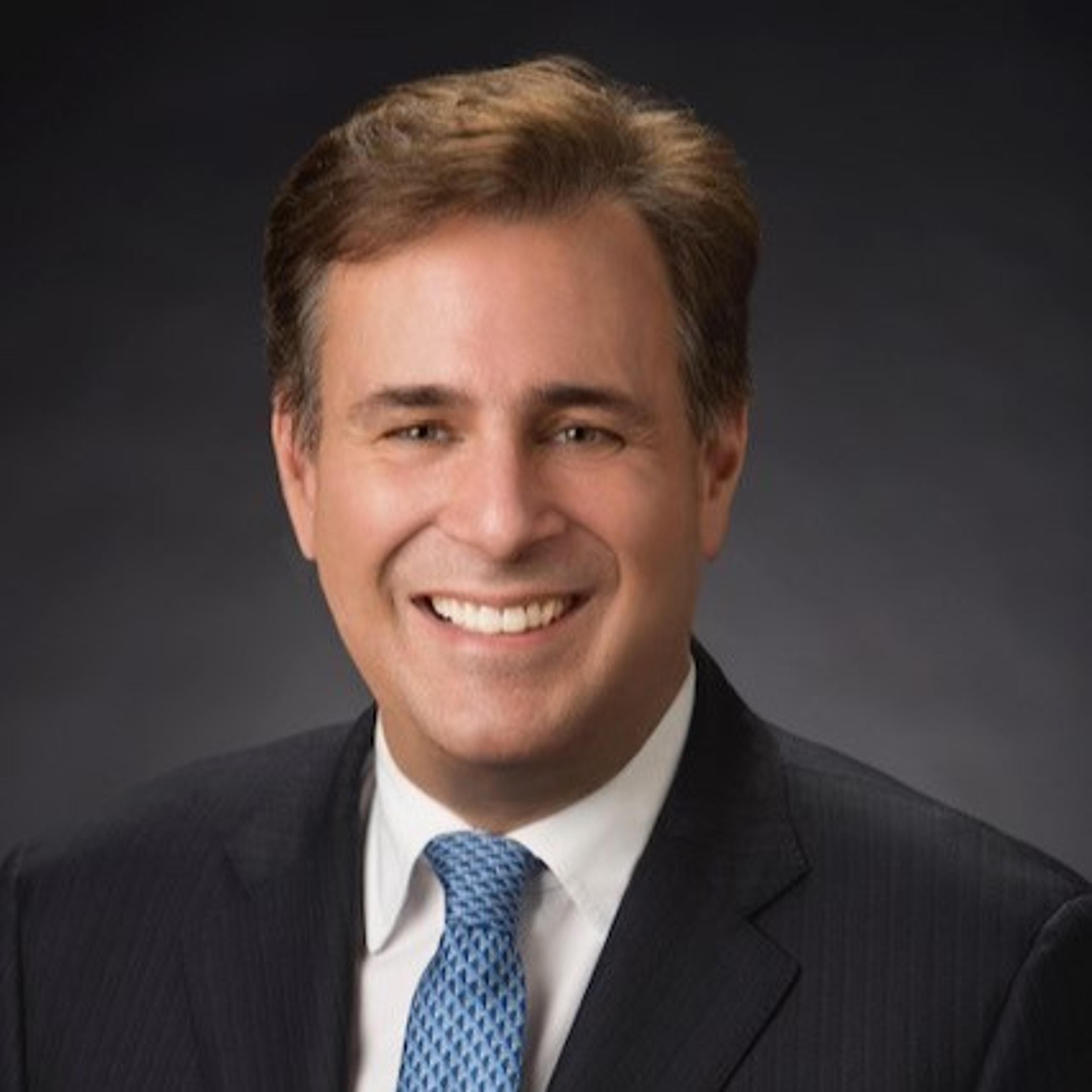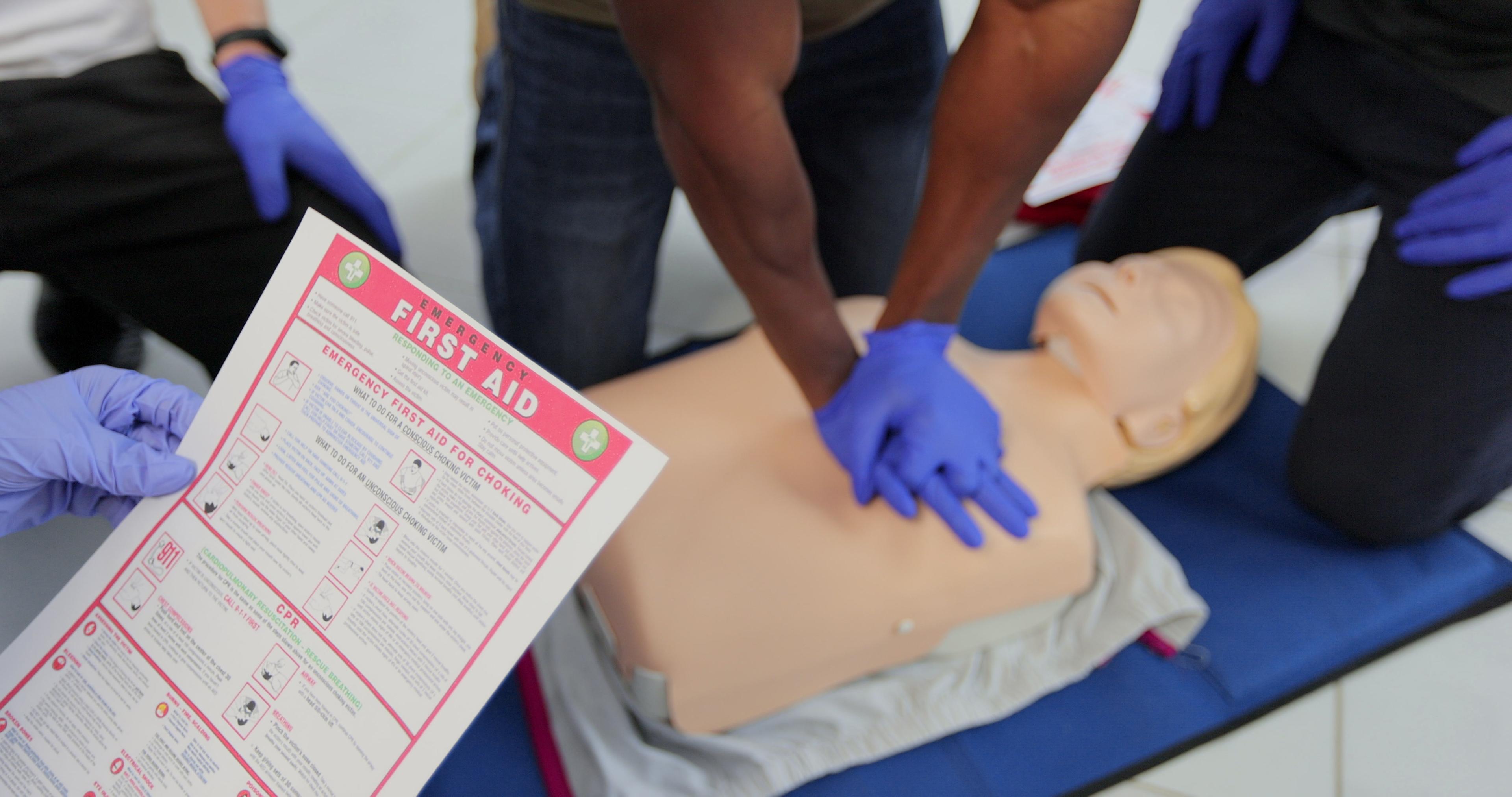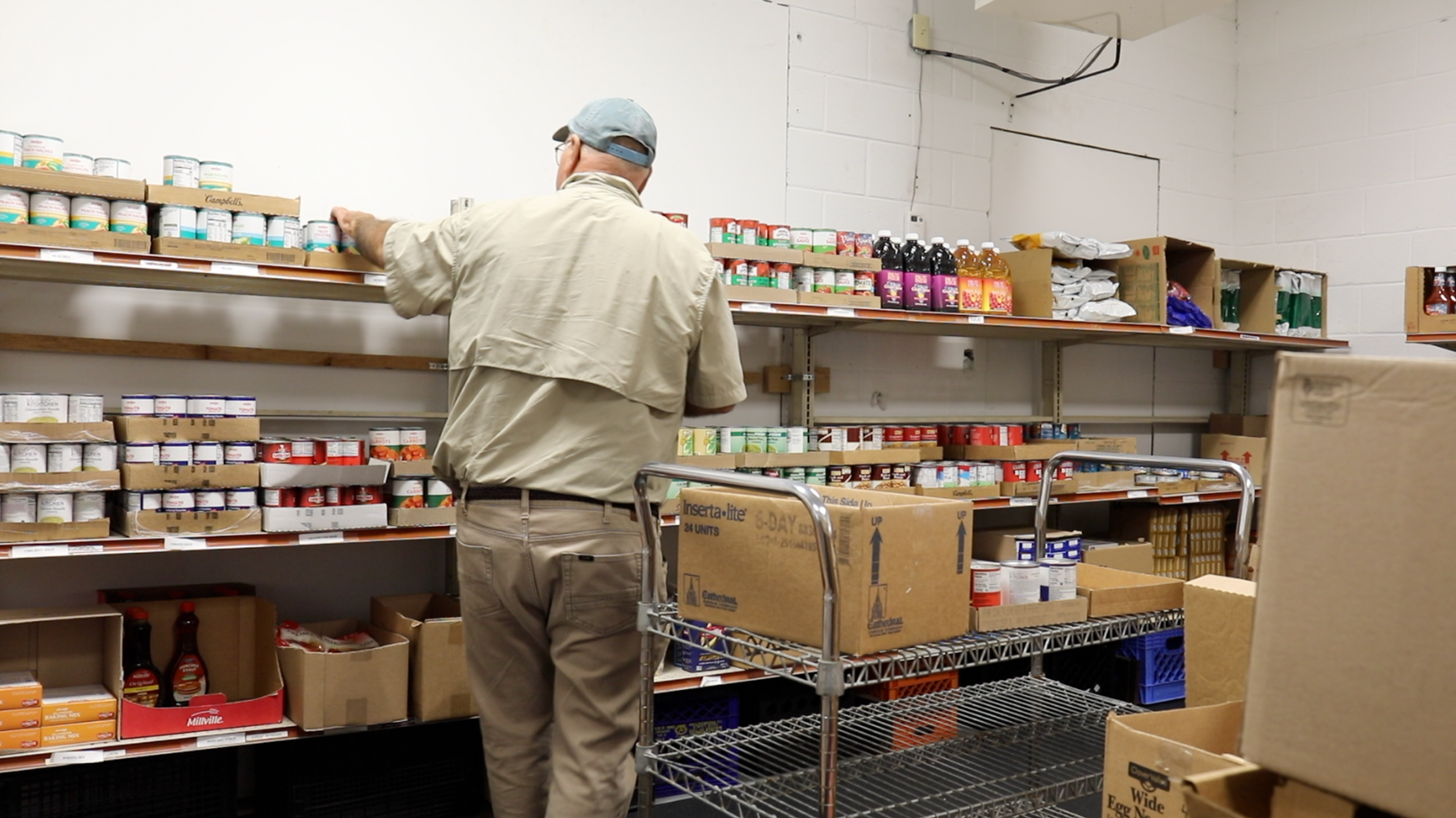CPR: A Life-Saving Skill Everyone Should Know

James Grant, M.D.
| 3 min read
James D. Grant, M.D., is executive vice president and chief medical officer at Blue Cross Blue Shield of Michigan. Dr. Grant is a native Michiganian and graduate of Wayne State University School of Medicine. He completed his post graduate training at Northwestern University Medical Center in Chicago. He is a diplomate of the American Board of Anesthesiology, completed his recertification in 2008 and is an associate examiner for the Board.

When Buffalo Bills safety Damar Hamlin went into sudden cardiac arrest during a recent National Football League (NFL) game, the Bills medical team quickly performed CPR (cardiopulmonary resuscitation) and millions watching on live television witnessed how this technique, indeed, saves lives.
CPR can help save someone’s life if they stop breathing or their heart stops beating. The sooner CPR is administered, the better. Considering that the majority of cardiac arrests happen outside of the hospital, knowing how to perform CPR until an ambulance arrives can be the difference between life and death for a loved one.
The following tips are not a substitute for American Red Cross training. Certification or formal training are not required to perform CPR, but you do need education to be prepared. Keep in mind that CPR is performed differently for adults and babies (and requires minor modifications for children). Here are some basic tips that can help you perform CPR if necessary:
- Figure out what’s needed. Make sure that the environment is safe and secure, then tap the person on the shoulder and ask if they are ok. If they’re unconscious, check to see if they are breathing and have a pulse. If there is no breath or pulse call 911 yourself or ask another bystander to do it. This is the first, and most important thing to do in order to activate emergency personnel.
- Start helping the heart beat. As you begin CPR, check for an automated external defibrillator (AED). AEDs can electrically shock the heart and cause it to start again. Many locations have these devices mounted on walls for use in emergencies. Check for a pulse. If you cannot detect a pulse, prepare the patient for chest compressions. First make sure there have been no neck injuries. Lightly tilt the victim’s head back to lift their chin. Kneel and place the heel of your hand on the person’s chest between their nipples. If you are performing CPR on an adult, place the heel of your other hand on top and intertwine your fingers. Straighten your elbows and align your shoulders over your hands. Using your upper body weight, start your compressions. The goal is to perform 100 to 120 compressions each minute, allowing the chest to rise after each compression. To assist with timing, compress the chest down and release while counting “One-and-two-and-three…” Although it may sound strange, you can perform them to the beat of the Bee Gees song, “Stayin Alive” and this aligns with the appropriate timing.
- Only do rescue breaths if you’ve been trained. The American Heart Association recommends that only people who have been taught how to do rescue breaths attempt this part of CPR (everyone else should stick to the chest compressions). If you’ve been trained and the victim isn’t breathing, do two rescue breaths after every 30 compressions. With their head tilted back and chin lifted, pinch their nose shut and place your mouth over the victim’s mouth. Blow into their mouth (you should notice that their chest starts to rise when you do this). After two breaths, resume compressions if necessary.
Again, the above tips are not a substitute for Red Cross training. Visit the American Red Cross website to find a location where you can get trained in CPR and other first aid-related programs. Remember that adults aren’t the only ones who can learn how to perform CPR—children as young as nine years old can be taught the basics. For more information on important life-saving skills, visit these other blogs:





